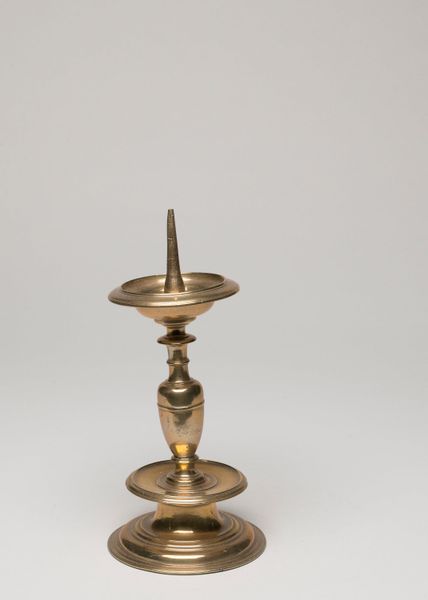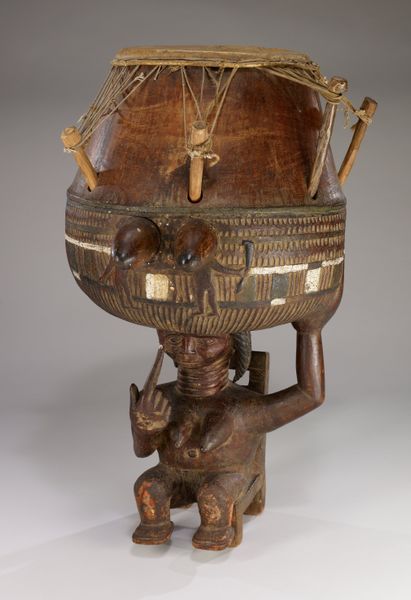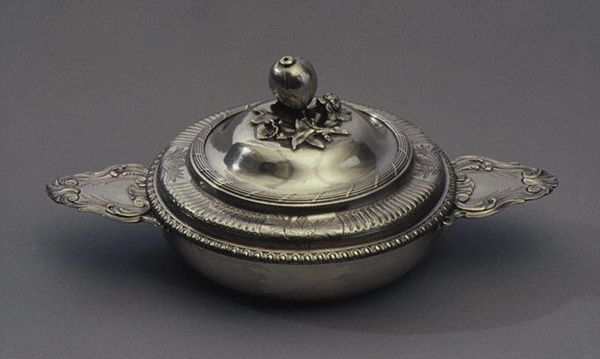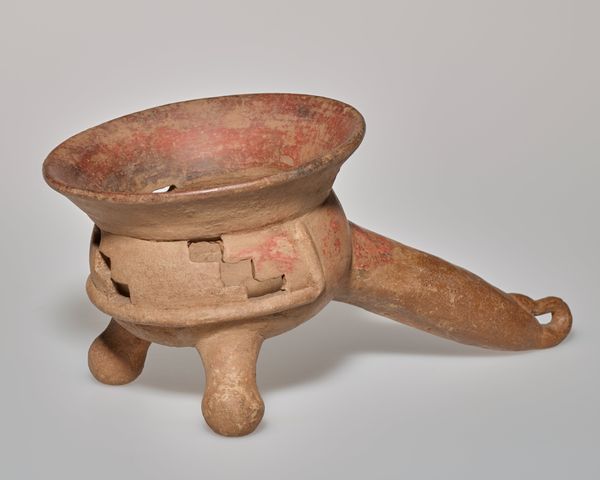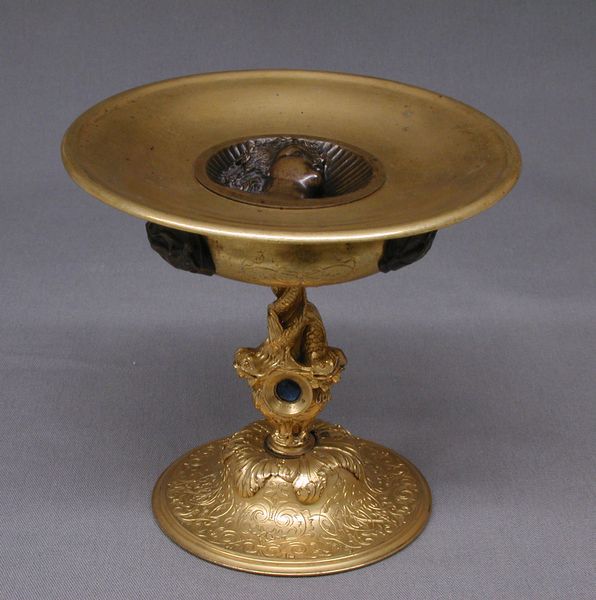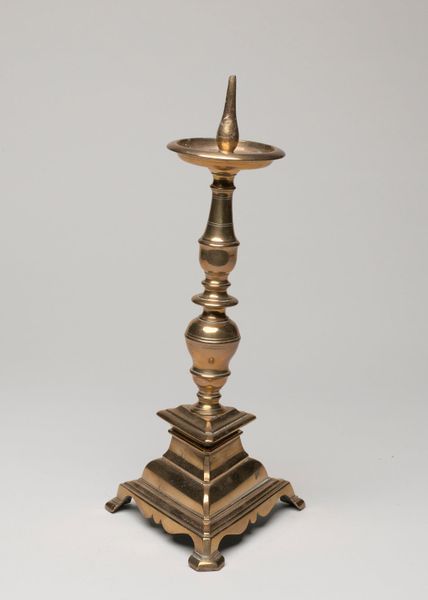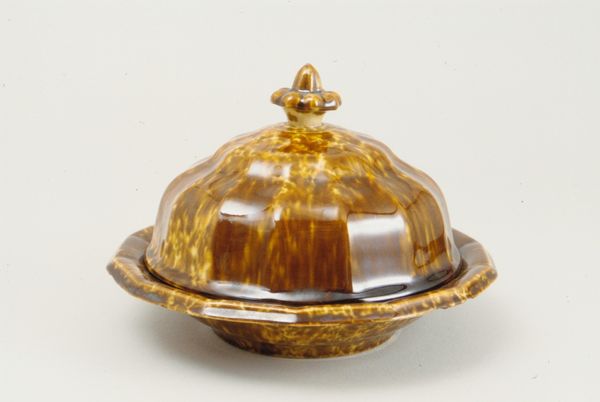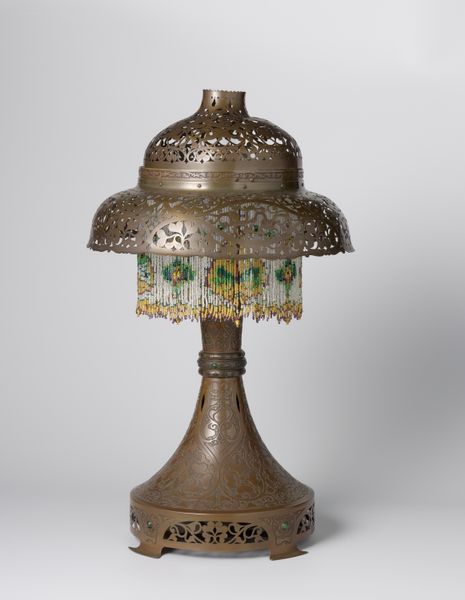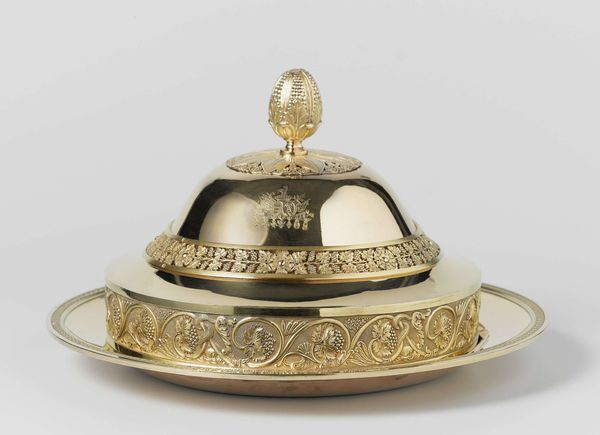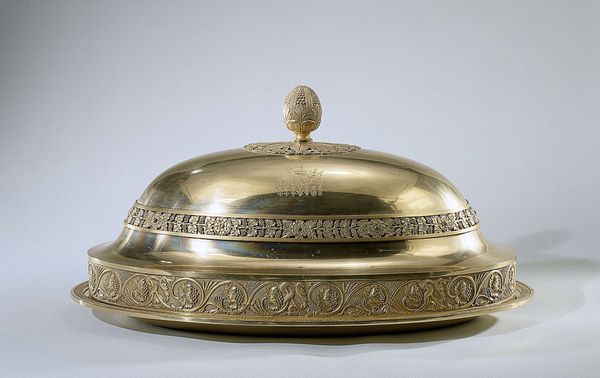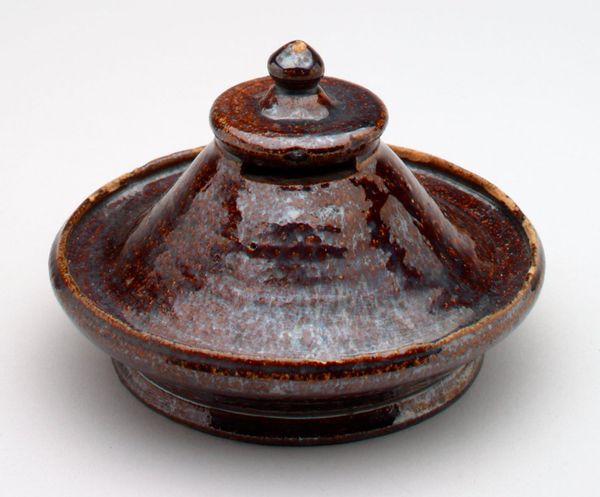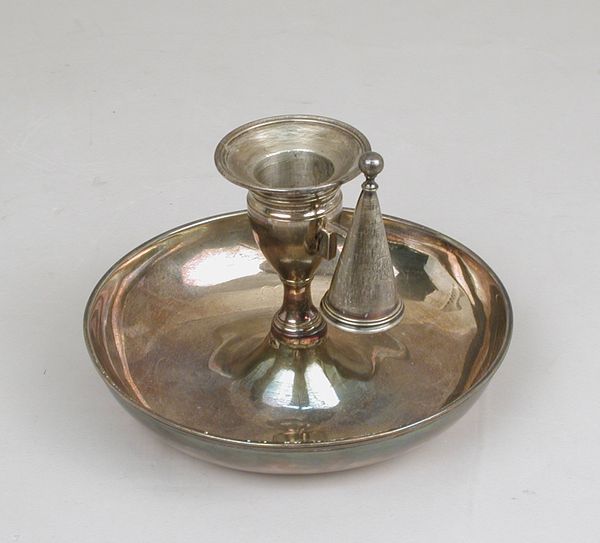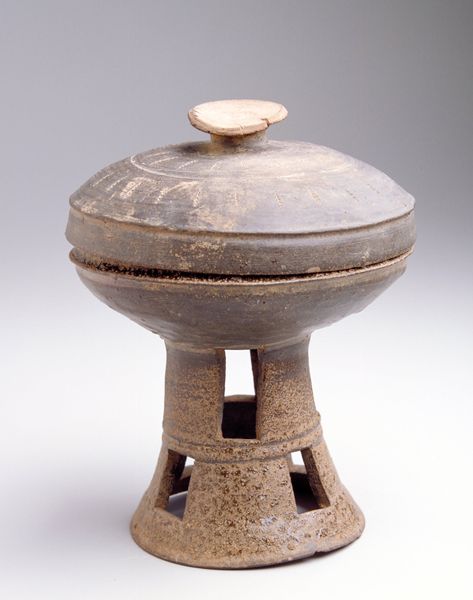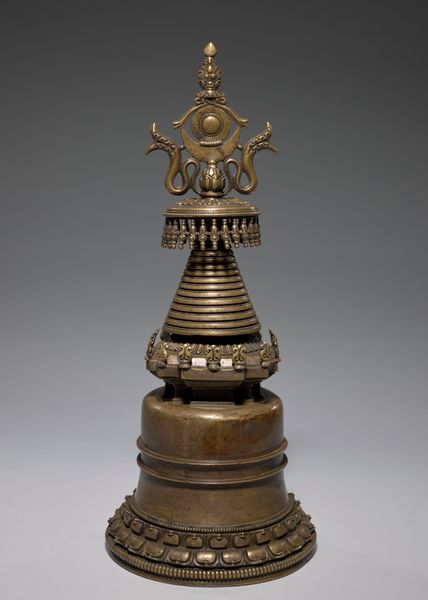
textile, sculpture
#
african-art
#
sculpture
#
textile
#
sculpture
#
architecture
Dimensions: 9 1/2 x 22 1/4 x 22 1/4in. (24.1 x 56.5 x 56.5cm)
Copyright: Public Domain
Editor: Here we have a "Hat," made by the Tuareg people, likely sometime in the 20th century. It looks to be constructed from various textiles. I’m struck by how elaborate it is—definitely not your everyday hat! How should we interpret its cultural significance? Curator: Well, consider the role of headwear throughout history. Hats are rarely *just* hats. They’re statements of identity, status, belonging…Think about military helmets, or even the crowns of monarchs. In this case, for the Tuareg, especially men, head coverings were tied to ideas of honor and passage into adulthood, acting as a social marker within their culture. Editor: So, the design and materials might tell us something about the wearer's status? Curator: Precisely. Think about the resources needed to create a hat with this level of detail, from the leather to the woven straw. These materials tell a story about access, trade, and possibly even specialized artisanal skills. The embellishments themselves, the precise geometry of the woven sections, they likely held symbolic meaning, signaling lineage or affiliation. Does this change your perception? Editor: Definitely! Knowing it’s tied to honor and social status, I look at it with more respect. It’s not just a beautifully crafted object; it’s a symbol of cultural identity and tradition. I wonder what its impact has been on other cultures. Curator: Consider, too, how such an object ends up in a museum. What power dynamics are at play when an artifact from one culture becomes an exhibit in another? And how do such displays influence our understanding—or misunderstanding—of the Tuareg people? Editor: That’s a crucial point. I realize I was focusing solely on the aesthetic, without thinking about the hat's journey to this display case and the responsibilities museums have in preserving cultural narratives. Curator: And that intersection – the artistic and the historical – is what makes analyzing art so fascinating. It’s not just about what we see, but how we understand its place in the world. Editor: Right. I’ll definitely look at museum displays through a more critical lens from now on. Thank you.
Comments
No comments
Be the first to comment and join the conversation on the ultimate creative platform.

